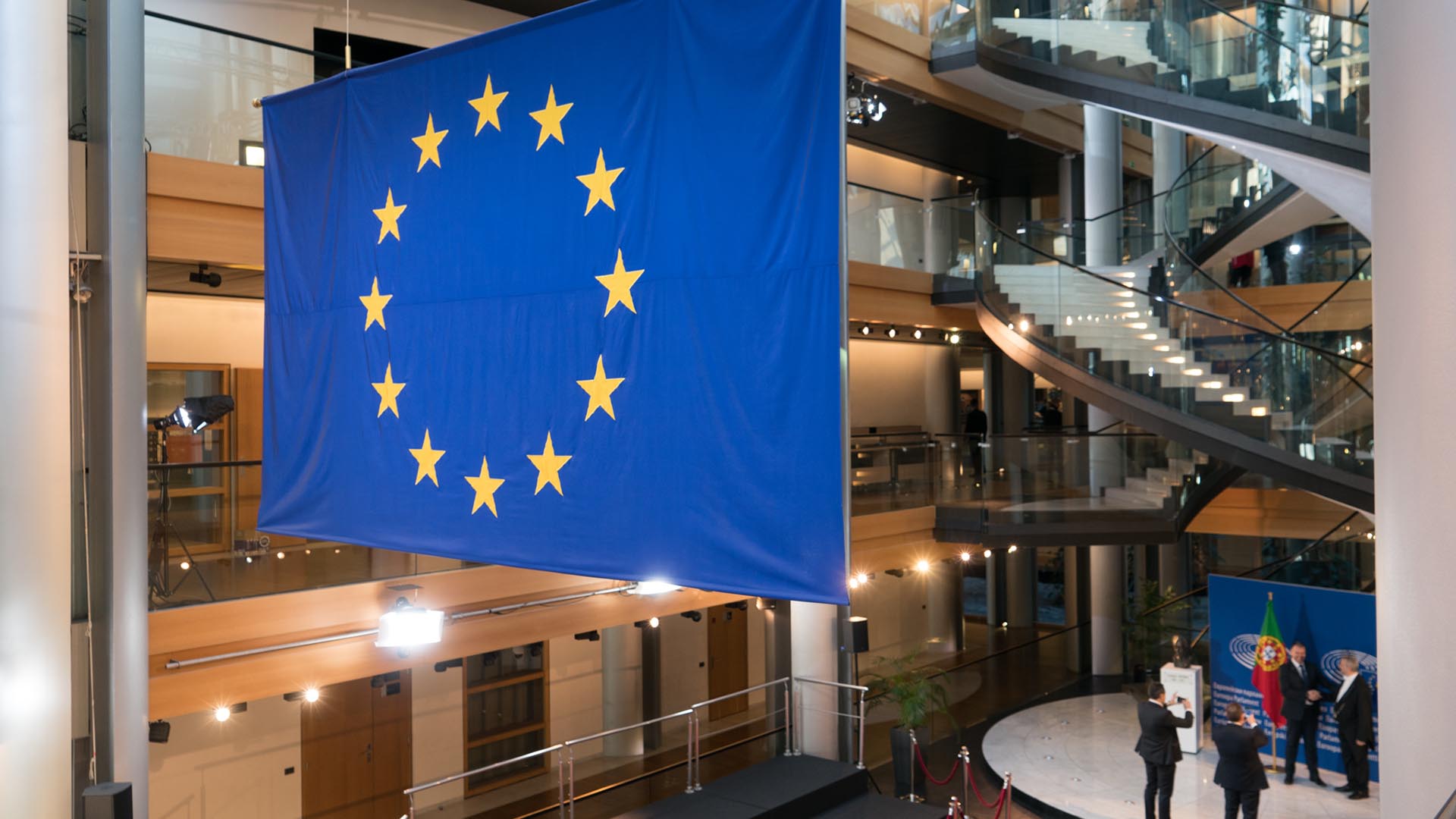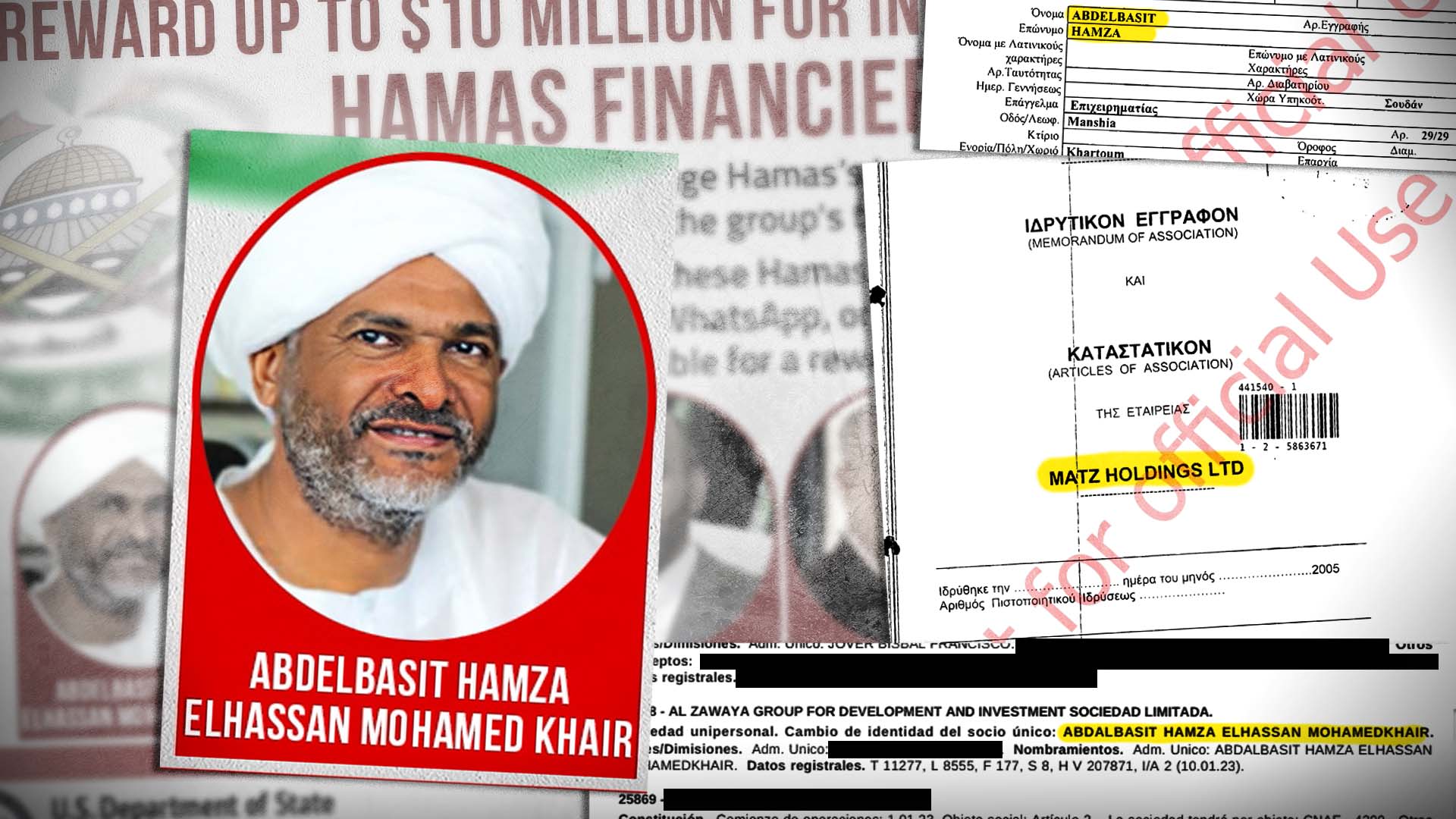PRESS FREEDOM
Over 75% of all journalists killed in 2023 died in Gaza war, per CPJ
Nearly 100 journalists and media workers were killed, a total propelled by a devastating rate of deaths in Gaza, Committee to Protect Journalists finds.
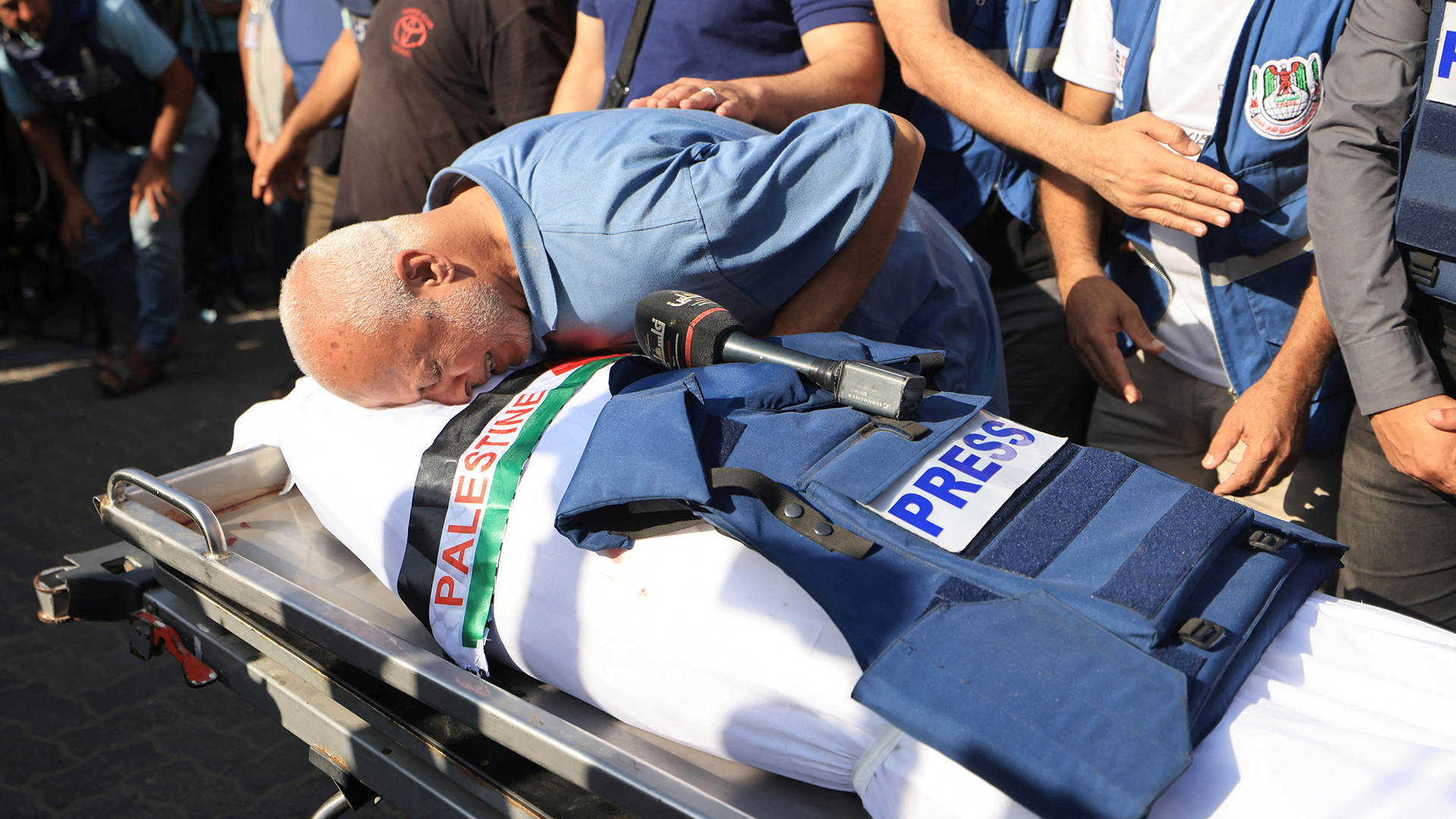
More than three-quarters of the 99 journalists and media workers killed worldwide in 2023 died in the Israel-Hamas war, according to a new report from CPJ that highlights the grave situation for reporters on the ground.
CPJ counted 77 journalists and media workers killed over the first 10 weeks of the war, including 72 Palestinians, three Lebanese and two Israelis — more than have ever been killed in a single country over an entire year. A further 11 were killed in January and the first few weeks of February, bringing the total number of journalists’ deaths linked to the conflict to 88, CPJ found.
Other press freedom organizations have reached an even higher death toll. The International Federation of Journalists estimated almost one in 10 Gaza-based journalists have been killed, despite protections for media workers under international law.
“[We] must work collectively to ensure that journalist killers are brought to justice … and that the public’s right to be informed is protected from those whose power is threatened by the scrutiny of reporting,” CPJ chief executive officer Jodie Ginsberg said in a statement.
Every journalist killed is a further blow to our understanding of the world.
— Jodie Ginsberg, CPJ chief executive officer
The CPJ report, published on Feb. 15, comes days after Israel announced a looming incursion into Rafah, Gaza’s southernmost city, which currently shelters more than a million refugees displaced by air strikes and Israeli Defense Forces. In the months since the deadly Oct. 7 attack by Hamas, which Israel says killed more than a thousand people, including the two Israeli journalists, Gaza’s health ministry reports more than 28,000 Palestinians have been killed since Israel began its retaliation.
CPJ and other press freedom advocates have called for increased protections for journalists for months, citing the crucial role the media plays in providing both short-term information on and long-term documentation of war.
“The immense loss suffered by Palestinian journalists in this war will have long-term impacts for journalism not just in the Palestinian territories but for the region and beyond,” Ginsberg said. “Every journalist killed is a further blow to our understanding of the world.”
Conflicts are never safe to cover, says American journalist Azmat Khan, who has reported from several war zones. But specific factors around the Gaza Strip have shaped a uniquely dangerous — yet robust — media environment.
“There have been efforts to invest in Gazan journalists for years, so you have this incredible crop of reporters that have come up,” said Khan, who won a 2022 Pulitzer Prize for her reporting on civilian casualties in war. “That’s not always the case in a war zone.”
Unlike conflicts Khan has covered in Syria, Afghanistan and Iraq, which American audiences primarily accessed through Western reporters affiliated with Western outlets on Western military embeds, much of the current, on-the-ground reporting has come from local Palestinian journalists in Gaza. Many of them studied journalism in the West and have partnered with major international news outlets.
Heavy airstrikes and restricted passage into Gaza by the IDF have made it nearly impossible for foreign outlets to send in correspondents, leaving predominantly local reporters to bear witness on their own, while also experiencing the devastation and insecurity of the war.
“The lack of access for outside journalists means these journalists are left with an outsized burden of coverage,” Khan said. “So it’s really the Gazan journalists who are paying this price.”
Nizar Sadawi, a Palestinian correspondent with Turkish Radio and Television who is currently based in Gaza, remembers getting a call from his brother in the middle of an assignment. His brother told Sadawi that their entire family had been told to evacuate and that an IDF air strike could hit at any moment.
“All of this was happening while I had a live hit, a bulletin,” Sadawi said. “I had to literally put the phone on hold, take a call from [my channel], meaning that I was on air, and I started to give the news.”
Survival is the biggest distraction from his work, he said — his own survival, and that of his family members, who were finally evacuated to Istanbul after several displacements. Sadawai remains at work in Gaza.
Waiting in line for food and supplies and searching for diminishing resources, like protective gear, wastes critical time and energy that journalists don’t have to spare, he said.
“We’re not looking for appreciation or for words of encouragement,” Sadawi said. “We just need to be protected. We’re telling stories. It’s our job.”
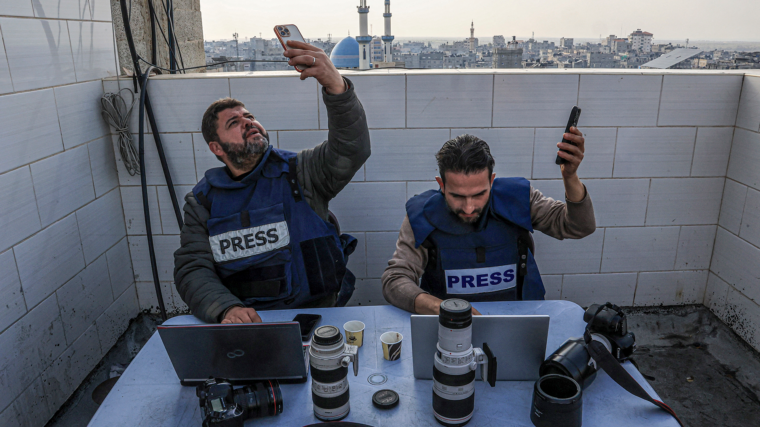
In the short term, many of these journalists are using social media to distribute their coverage, said New York-based investigative journalist Lila Hassan, who has written about the challenges journalists are currently facing in Gaza. Right now, that can make their reporting accessible for many viewers and provide a highly sought-after primary source perspective, Hassan said.
But long term, the fragmentation of that news coverage makes it difficult to document, archive and track what’s occurring, said Khan, who currently teaches conflict reporting at Columbia University in New York. Institutional media outlets, she said, lend legitimacy with their coverage, and their reporting is more often archived. Without that archival work, it’s more difficult to know where to look back at events for cohesive documentation. And coverage on social media can easily be removed or lost.
“If you were to, down the line, try to preserve an archive, unless it’s filtered through and documented by or archived by someone who’s authenticated it in that manner, the likelihood of it being used later is slimmer,” Khan said. “The more time that goes by, the harder it is to do that.”
The reliance on local journalists, many of whom are contract workers and freelancers, also means many Gazans are working without the security backing of a major media organization to advocate for their safety, said Hassan, who’s covered the impact of the conflict on journalists. That’s especially concerning considering allegations of journalists being targeted by the IDF.
CPJ’s report highlighted several incidents, including the deaths of two journalists, Hamza Al Dahdouh and Mustafa Thuraya, who Israel acknowledged were killed in a targeted attack on a car they were traveling in.
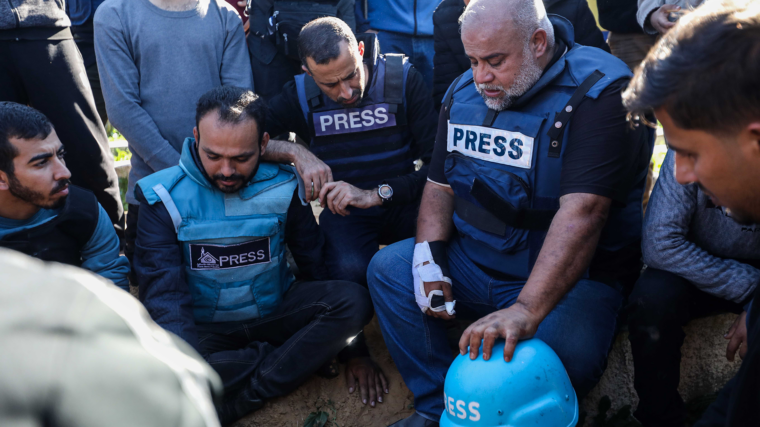
“[Israel] accused Al Dahdouh, who worked for Al Jazeera, and freelancer Thuraya of being members of terrorist groups — a charge strongly denied by Al Jazeera and the men’s family and colleagues,” the report read.
Even before the outbreak of the current war, CPJ’s “Deadly Pattern” report in May 2023 documented 20 journalists killed by Israeli fire over two decades without anyone held accountable, such as Al Jazeera reporter Shireen Abu Akleh, a Palestinian-American journalist killed in the West Bank in 2022. In that report, CPJ also noted several cases in which journalists killed were accused of being terrorists without any credible evidence produced.
“Those allegations get drowned out in the other horrors they’re experiencing and have to report on,” Hassan said, “but that doesn’t make them less true.”
